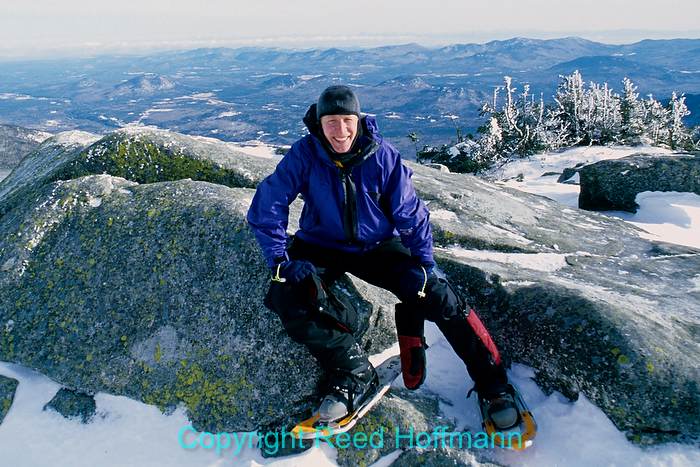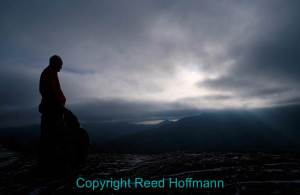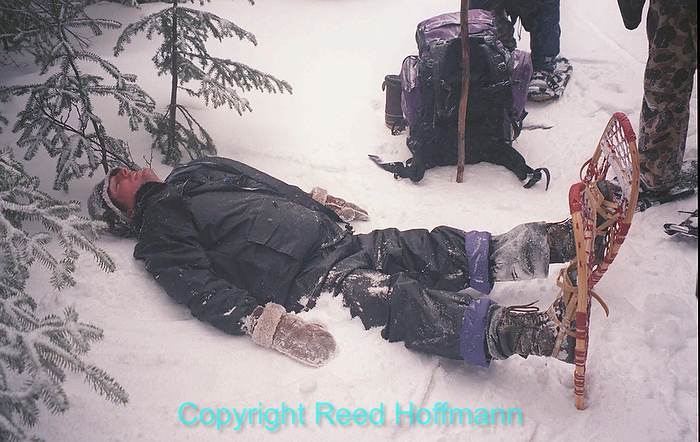If it seems like photography’s always changing, you’re right. It’s been doing that from the beginning, over 150 years ago. I was reminded of this recently when reading a story about improvements in mirrorless cameras. While interesting, it’s not as big a deal as some people make it out to be. That’s because it’s not so much a revolution as an evolution. And it comes with trade-offs.
When I got my first camera, in 1972, it was a Ricoh 35mm SLR camera and 50mm lens. A year later, I bought my first Nikon, a Nikkormat. Over the next few years, working for (and learning from) a great local photographer (thanks Kent!), I dabbled in medium format, which meant larger cameras (Mamiya C330 and Hasselblad). Larger film meant better quality, but also heavier gear (and more expensive!). But 35mm cameras were what I liked best, and as I graduated college and went to work for newspapers, that was all I needed.
In the mid-90s I got back into the outdoors, or, as my wife says, I lost my mind. That was because I spent a few weekends every winter in the Adirondack Mountains of upstate New York, snowshoeing to the top of mountains with a 50-lb pack, camping in below-zero weather. I’m guessing the “lost my mind” part makes more sense now. Of course, as a photographer I wanted to take pictures. But I was already carrying an already too heavy pack. Which got me looking into smaller cameras.
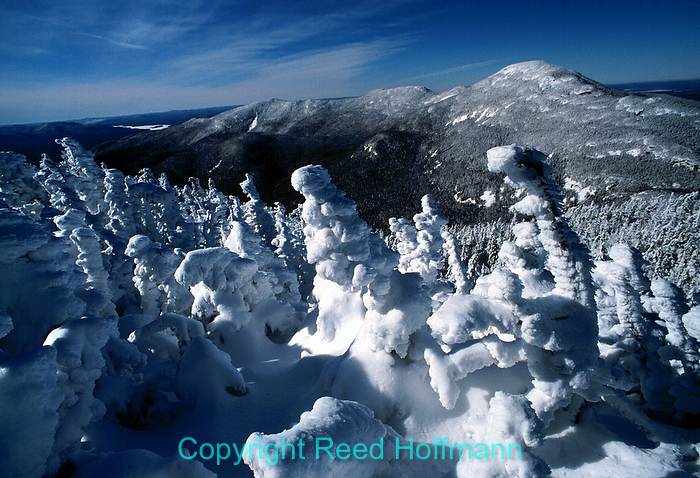
This was the kind of quality I wanted, which meant I had to carry along a full-sized camera and lenses. Photo copyright Reed Hoffmann.
I tried a number of little 35mm point-and-shoots, but each time was disappointed in the quality. I clearly remember when this experiment ended. My group had spent the night below a rocky peak, and in the morning climbed to the summit. Amidst the rocks were knee-high pine trees under a fresh coat of ice. The sky was dark and threatening, but a few shafts of light poked through to spotlight areas around us. It was one of the most striking, and beautiful, scenes I’ve ever seen. I shot pictures, of course, but to this day hate looking at them. The camera (and lens) weren’t up to the job, and so the resulting images don’t have the impact they should. After that I got rid of all those little cameras and started hauling a Nikon F3 and two lenses, a 20mm f/2.8 and a 75-150mm f/3.5-5.6 zoom. That added over five pounds to my load, but I didn’t care any more – they would let me get the pictures I wanted. The weight was worth the extra work. That was a lesson I’ve never forgotten
Over the years I’ve looked for ways to lighten my photo load, but always with that lesson in mind. Before I go out, I think about what it is I hope to be shooting, and what gear I need to make that happen. And as much as I’d like to carry less, anyone who’s traveled with me knows my mantra: “I’ll be just fine with fewer clothes, but not without the right camera gear.” There’s nothing worse than being out to shoot pictures- whether across town or on the other side of the world – and having left the one tool you really need behind, just to save a little weight.

Getting our bearings, and catching our breath, on the way up one of the peaks. Photo copyright Reed Hoffmann.
Which brings me back to the beginning of this story. Would I love to have smaller cameras? Yes, absolutely. But they have to do what I want, the way I want it. I won’t sacrifice quality for size again. Or functionality. There are some very tempting small cameras out there today, from companies like Fuji, Sony, Panasonic and Olympus. And Nikon has their One series. Many of them offer very good image quality. So why do I still hesitate? Here are the things I demand of a camera, regardless of size:
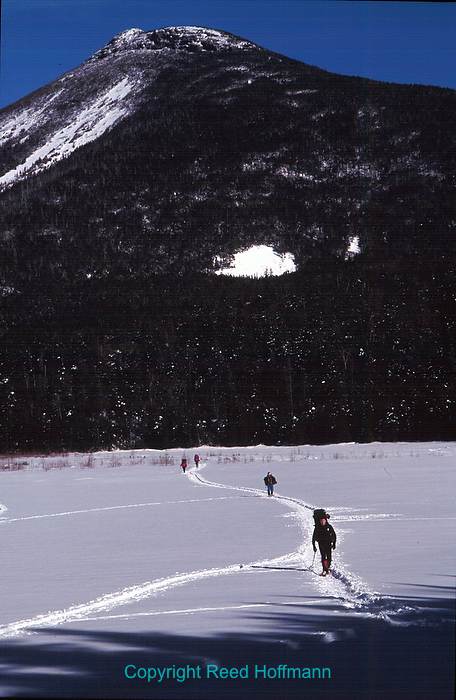
Headed home across a frozen lake, the Adirondack mountain we just climbed behind us. Photo copyright Reed Hoffmann.
- Very good image quality in low light. I want to be able to shoot at 2000 ISO (and preferably up to 4000) and still have low noise.
- Great controls that make sense to me. Much of the photography I do is reacting to moments, and having to stop and spend time changing camera settings means missed pictures. You need the right buttons and dials in the right places to be able to do that.
- 3:2 aspect ratio. I’ve shot square (medium format) and 4:3 (point and shoots and 4/3 cameras). But in my mind’s eye, I’m composing for 3:2, the shape I’ve worked with most of my life using 35mm cameras.
- Shallow depth of field. One of photography’s great creative gifts to us is the ability to use shallow depth of field to focus the viewer’s attention where we want it (and make distracting backgrounds disappear). That means I want to have lenses that are at least f/2.8 maximum (widest) aperture, and better yet, f/1.8 or f/1.4. More importantly for small cameras, those smaller sensors make it harder to get that shallow depth of field. Which means even a fast lens on those cameras won’t always give the look I want. And larger sensors means the lenses have to be larger, which makes a “small” camera less appealing. Look at the size of the lenses made for the “full-fame” compacts today.
- Bright, clear viewfinder. Don’t get me wrong – I love EVFs (Electronic Viewfinders) for the information they give me. I can see right away what the change will be if I adjust EV or white balance. And they can show me everything from a live histogram to more detailed capture information in the viewfinder. But I have yet to see an EVF that’s as bright and clear as a good camera with a mirror and prism. And the refresh rate that an EVF requires makes them challenging to shoot fast action.
- Great selection of lenses and accessories. I’m a “system” guy, meaning I want a camera that has a wide range of lenses, flashes and other accessories built around it. The lenses I have today range from 10.5mm fisheye to 800mm. And I’m willing to spend the money for pro-grade glass, so those lenses better be SHARP. I also want flashes of different sizes and capabilities with wireless control from the camera. Plus close-up (macro) lenses in various lengths. And all made by the same company (Nikon in my case), so no question that they’ll play well together.
So yes, I’d like to carry less gear. And I am, thanks to the ability to use my lenses on bodies with two different sensor sizes (DX and FX), so those lenses give me different angles of view based on the body they’re used on. I can even leave a macro lens behind and carry a lightweight extension tube instead. Sometimes I even leave the tripod at home, or carry just a small, sturdy tabletop tripod. But there will always be limits to what I’ll sacrifice. After all, I’ve been to the mountaintop (literally) and not gotten the picture. I don’t want that to ever happen again. So when someone makes a smaller camera that meets my needs, I’ll buy it. Until then, I’ll keep lugging what gets the job done for me.

